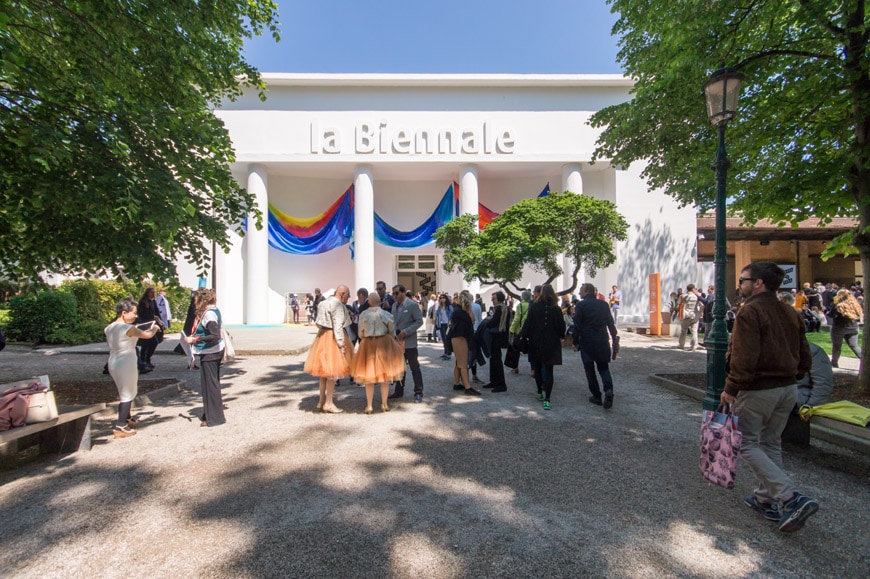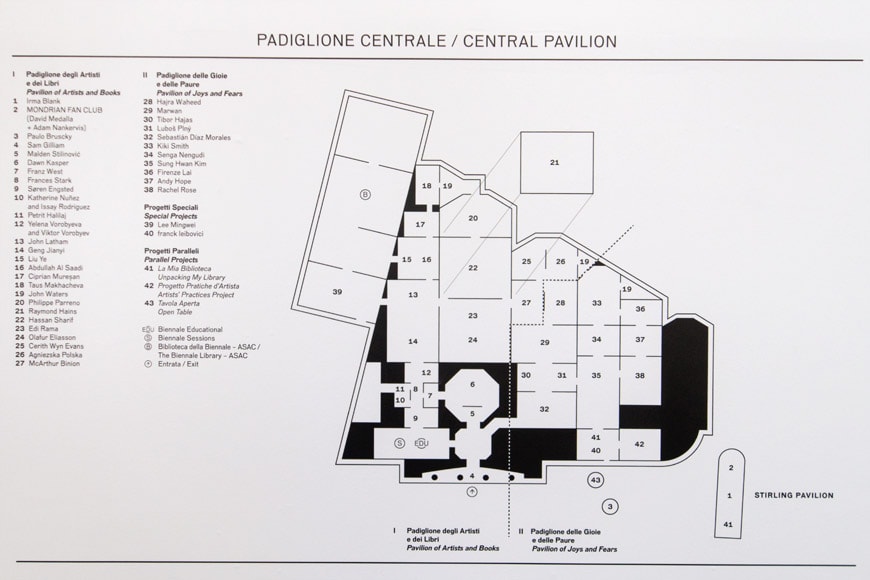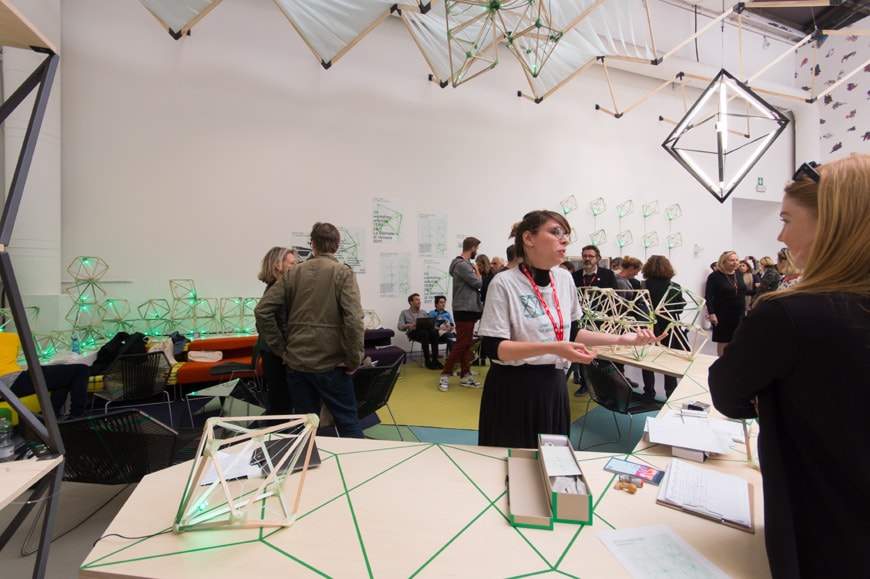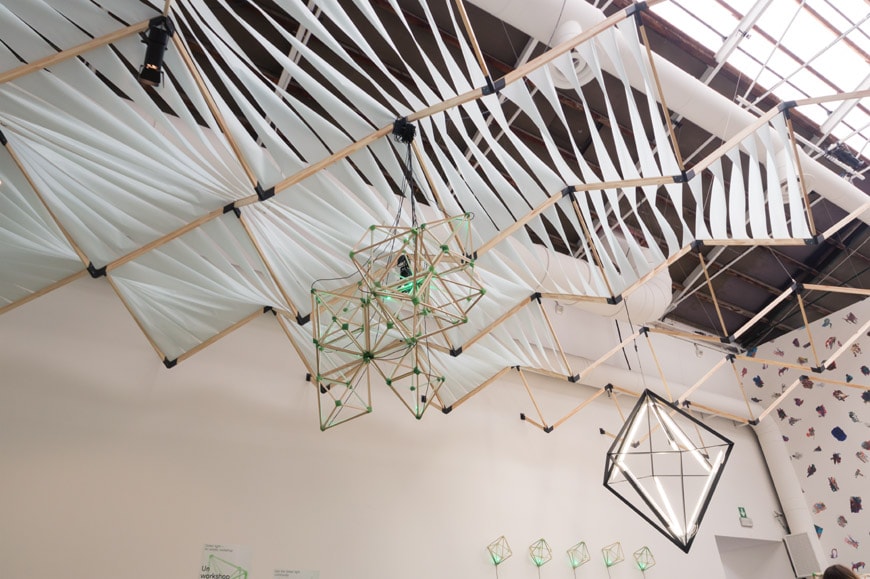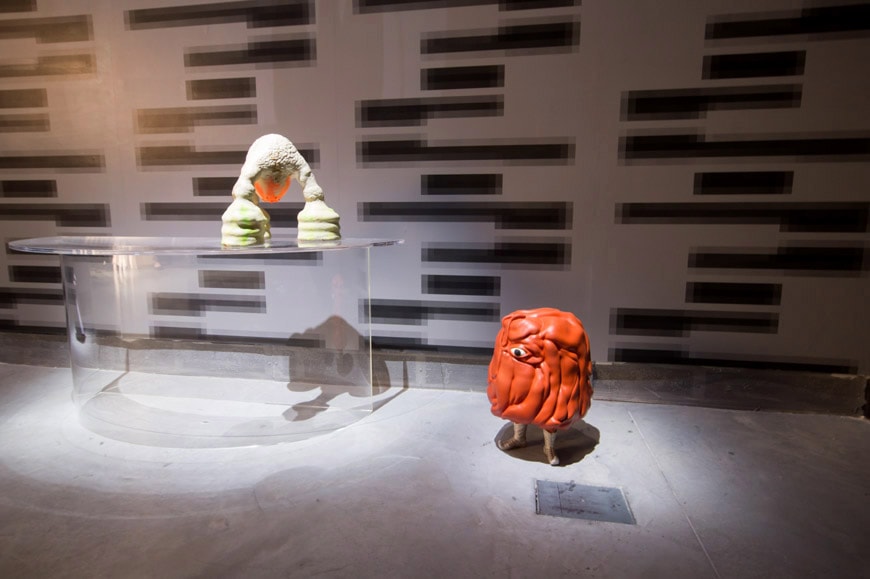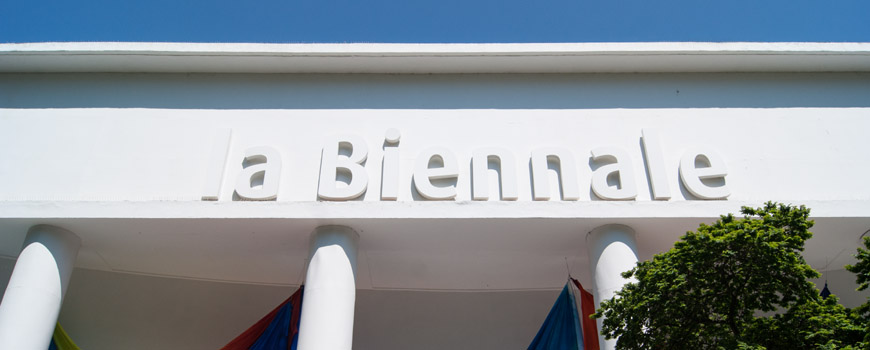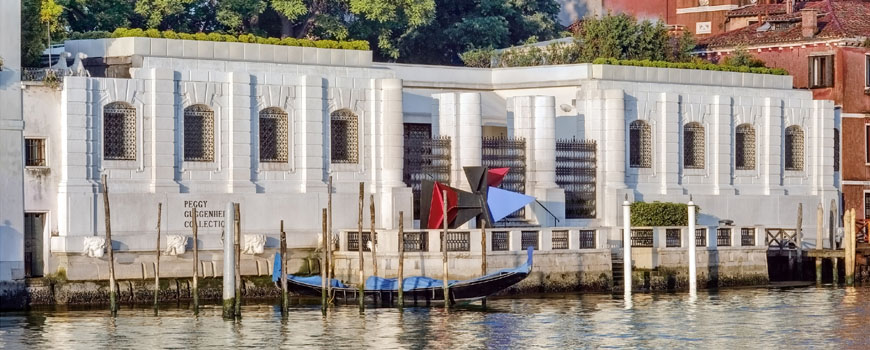Venice Art Biennale 2017 ‘Viva Arte Viva’ | The Giardini Core Exhibition
La Biennale di Venezia
Viva Arte Viva | Core Exhibition at Giardini
23 May / 26 November, 2017
Artistic Director, Christine Macel.
Venice Art Biennale 2017 “Viva Arte Viva” | Core Exhibition at Giardini
Viva Arte Viva, the title of the 57th Venice Art Biennale is an exclamation and a mission statement; it expresses the vision of contemporary art as the “last defense” against indifference, violence, and conflicts of the present world; a “garden to cultivate above and beyond trends and personal interests” as Christine Macel, Artistic Director of the Biennale, says.
Artists’ responsibility – which descends from their capability to guess the trajectories of a future whose outlines are increasingly blurring – is put again at the heart of the Biennale and so are the artists themselves, their work, the questions they pose through their creations, as well as their way of life and the practices they propose.
The Core exhibition of the Biennale’s Artistic Director, Christine Macel, does not have a single key theme, it presents instead nine chapters based on the works of the artists invited. Nine groups of artists presented into nine transnational “trans-pavilions”, whose concept once again questions the presence of “national pavilions” at the Biennale.
The exhibition in the Central Pavilion at Giardini
The first two of the nine trans-pavilions, or chapters, which form the core exhibition of the 57th Venice Art Biennale – the Pavilion of Artists and Books and the Pavilion of Joys and Fears – are located in the Central Pavilion at the Giardini.
The Pavilion of Artists and Books opens with a section centered on the artists’ practice and how they “make art”. The focus is on the concept of Otium, on those inactivity and “mind-wandering” – in contrast to the idea of action – which are necessary and fundamental elements of the process of creating art. Thus, at the beginning of the exhibition, the works of Mladen Stilinović, who advocated laziness as a necessary condition for being an artist and in 1987 made a self-portrait of him resting in a bed, are truly paradigmatic.
Mladen Stilinović, left: Artist at Work, 1978; right: Artist at Work (again), 2011. The Pavilion of Artists and Books. Photo by Francesco Galli, Courtesy La Biennale di Venezia.
Dawn Kasper, The Sun, the Moon, and the Stars, 2017. The Pavilion of Artists and Books. Photo © Inexhibit
Therefore, the artist’s workshop and his very life become artworks in themselves yet, unlike in the past, the workshop is today more than a private atelier to exhibit, it’s a space for making art open to contributions from others. This is the case of Dawn Kasper, who moved her workshop to the Chini room of the Central Pavilion – in which she will write and play music interacting with the public throughout the whole Biennale 2017 – and of Olafur Eliasson who, long since involved in projects and initiatives in Africa, has installed a collaborative atelier, named “Green Light – An Artistic Workshop” for creating modular light fixtures, a project at the same time artistic, political, and aesthetic.
Olafur Eliasson. Photo by Francesco Galli, Courtesy La Biennale di Venezia.
Olafur Eliasson, Green Light – An Artistic Workshop, 2017.The Pavilion of Artists and Books. Photos © Inexhibit
Hassan Sharif, Hassan Sharif Studio (Supermarket),1990/2016. The Pavilion of Artists and Books. Photo © Inexhibit
The Pavilion of Joys and Fears provides a journey into the relationship between the artist and his own existence. Pieces of view include works by Tibor Hajas and Marwan who both – though in different moments of their artistic career and through different means – chose self-portraits to represent their own impulse to disruption and self-annulment.
Aggressiveness, xenophobia, alienation, and discomfort with the world are instead depicted under a different interpretation key – namely through cartoon-like fictional characters and through monsters that both exorcise our fears and make them explicit – by German artist Andy Hope 1930 who, at the Biennale, presents a complex installation made of videos, sculptures, and graphic works.
Marwan (Marwan Kassab-Bachi, Damascus 1934 – Berlin 2016), various works, 1964-1966. The Pavilion of Joys and Fears. Photo © Inexhibit
McArthur Binion, work from the DNA series. Oil paint stick and paper on board; The Pavilion of Joys and Fears. Photo © Inexhibit
Andy Hope 1930, Various works, 2014/ 2017. The Pavilion of Joys and Fears.
Photo © Francesco Galli, courtesy La Biennale di Venezia.
Andy Hope 1930; Squidgy 3-Leg and Gooey 1-Eye, 2017.The Pavilion of Joys and Fears. Photo © Inexhibit
Continues to: Venice Art Biennale 2017 “Viva Arte Viva” – The Arsenale Core Exhibition
copyright Inexhibit 2024 - ISSN: 2283-5474

